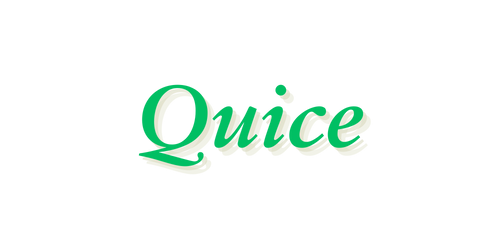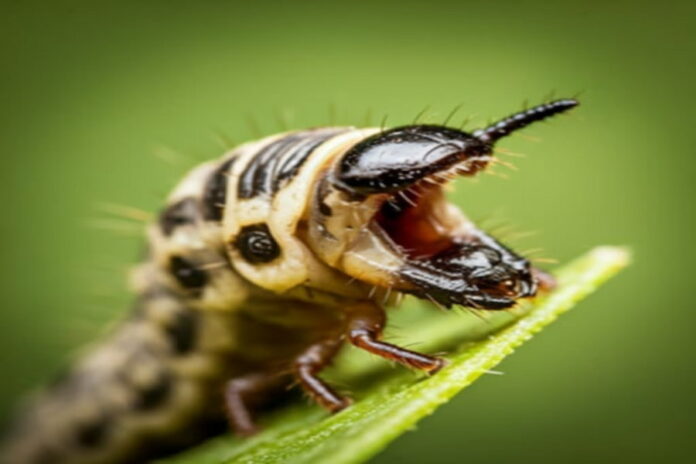The mouth larva, also called oral myiasis, represents a rare but very dangerous medical condition in which the fly larvae infest the oral cavity. The phenomenon is quite disquieting and can result in some serious health issues if not addressed on time. It becomes very crucial for any person who stands at risk to know what mouth larvae are, how they invade the mouth, and the steps for their treatment and recovery.
What is Mouth Larva?
Mouth larva refers to the larvae of specific types of flies that infest soft tissue inside the oral cavity, which may encompass the gums or an exposed wound. They feed directly on living or dead tissues, leading to inflammation and infection. Though it appears more common in animals, it also happens in the human population, particularly if they are exposed to regions with tropical weather conditions, have weakened immunity, or have poor oral hygiene habits.
Mouth larvae mainly prefer unhygienic places. Therefore, oral hygiene is very important. Infection symptoms include soreness, swelling, and bad odor. If you suspect that you are infected, go to the doctor immediately.
What Causes Mouth Larvae
Several factors predispose the risk of larva in mouth: those who suffer from psychopathies, are alcoholics, and recently underwent any dental procedure are more liable. Bad oral hygiene increases the chance of attracting fly eggs in the mouth, causing infestation.
Another weakness group is people with open and broken wounds or ulcers in the mouth. Here, flies are more likely to lay eggs, resulting in a rapid invasion by larvae. Therefore, this needs good hygiene and fast treatment of oral injuries in the prevention process.
Health Risks Caused by Mouth Larvae
If left untreated, a mouth larva may pose serious health problems. They feed on tissue, leading to some toxins that create inflammation and oral structure decay. This might cause damage that will never be regained in the gums and teeth.
This kind of waste from the larvae in the mouth can also feed the bacteria in the mouth, leading to what might be called secondary infections treated further with medication. In worst cases, untreated infestations may lead to systemic infections or blood poisoning.
Treatment of Mouth Larva
The treatment of mouth larva involves several steps for the removal of infestation and healing. The initial steps usually involve the application of substances such as chloroform or mineral oil onto the affected area. They work by suffocating the larvae and forcing them out of the tissues.
Once the larvae have access to the body or certain parts of the internal space, doctors surgically try to remove these organisms, often with clinical forceps, hemostats, etc. Sometimes an application of lidocaine around and within the cyst facilitates the expulsion of the larval burden.
After all, stages have been successfully and easily dislodged out through mouth openings; medications containing penicillin/gram of other antibiotics generally come alongside for any minor complicating infections caused in or even on the whole-body exterior. Multivitamins can be given together because, usually, there have always been problems in patients after healing.
Recovery of Mouth Larvae Infestation
Recovery from a mouth larva infestation follows through timely intervention and proper treatment. Most patients who have been successfully treated by removing mouth larvae completely recover without subsequent complications. Long-term care is essential in avoiding subsequent attacks.
Excellent oral hygiene practices, including brushing and flossing regularly, should be taken post-treatment. Furthermore, the patient should take good care of his/her mouth for any signs of returning symptoms. In case it returns, he/she needs to see a doctor or get proper medical advice about the matter.
How to Prevent Mouth Larvae
To prevent an attack of mouth larvae, steps must be taken with concern for hygiene and awareness. Among the strategies, the most effective are:
- Maintain good oral hygiene by brushing and flossing to maintain cleanliness, helping prevent flies from taking an interest in visiting you.
- Be quick to respond to an open wound within the mouth.
- Avoid having contaminated food by avoiding water sources contaminated with eggs or infected food from contaminated water or food items.
- Here, it is an emergency to control the population size of flies near your houses.
- Be on notice for symptoms; there would be unusual pain or swelling in your mouth.
Extra precaution should be taken in cases of travel to known endemic areas for oral myiasis. Insect repellents and protective clothing minimize exposure to flies laying eggs in vulnerable areas.
Conclusion
Infestation by mouth larva is possible, but when its diagnosis and treatment are ineffective, its impact on the health conscious person can become extremely deadly. In essence, knowing what the larvae found inside the mouth could bring about will be instrumental to effective prevention. Visitation of a doctor with claims for medication should patients face this infestation again remains the best alternative mode for patients to have treatment in good time.
Visit Quice for more informative blogs.

